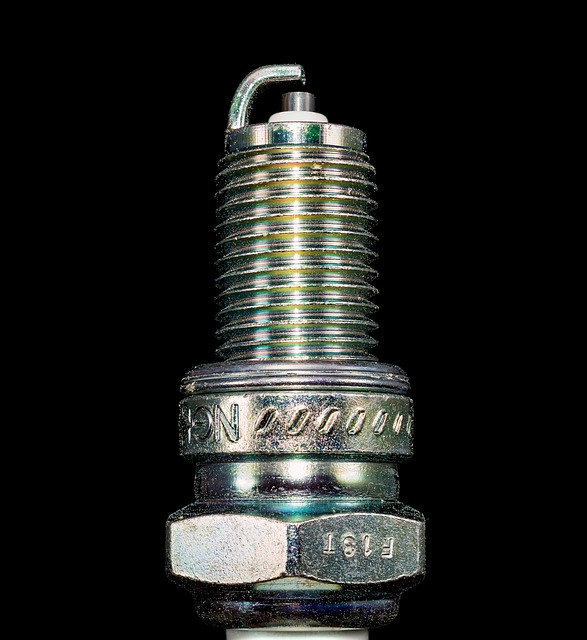Silicon is a chemical element that has an atomic number (Z)14. It is represented by the symbol 'Si'. It has a standard atomic weight of 28.084. It is in the 3rd period and group 14 (Carbon Group). It is a P-block element which has electronic configuration [Ne] 3s2 3p2. It is a tetravalent metalloid and a semiconductor element. It is a hard crystalline bluish-grey in colour and relatively unreactive. The oxidation state may be −4, −3, −2, −1, 0, +1, +2, +3, +4. The electronegativity of silicon is 1.90 (Pauling scale). At standard temperature and pressure, it is in solid-state. The melting point of silicon is 1687 K ?(1414 °C, ?2577 °F) and the boiling point is 3538 K ?(3265 °C, ?5909 °F).
Silicon has 22 isotopes of which 3 are naturally occurring isotopes and the rest are radioisotopes. Silicon-28 has an abundance of 92.2%, Silicon-29 has an abundance of 4.7%, and Silicon-30 has an abundance of 3.1%.
Silicon was first isolated and discovered by the Swedish chemist Jöns Jacob Berzelius in 1823.
How many valence electrons does silicon have?
The electronic configuration of silicon is [Ne]3s2 3p2. There are four valence electrons in silicon, two are in 3s-orbital and 3s-orbitals, It can complete its octet and obtain noble gas configuration by sp3 hybrid orbitals.
What is silicon dioxide?
Silicon dioxide is a chemical compound with the chemical formula SO2. It is also known by other names like Quartz and
Silica. It is an oxide of Silicon. It is found in the sand throughout the world. It has white colour in an amorphous form and yellow in the sand. It molar mass is 60.08 g/mol. The melting point of silicon dioxide is 1,713 °C (3,115 °F; 1,986 K) and the boiling point is 2,950 °C (5,340 °F; 3,220 K).
It is used in cement production. It is used in the glass industry and semiconductor technology etc.




